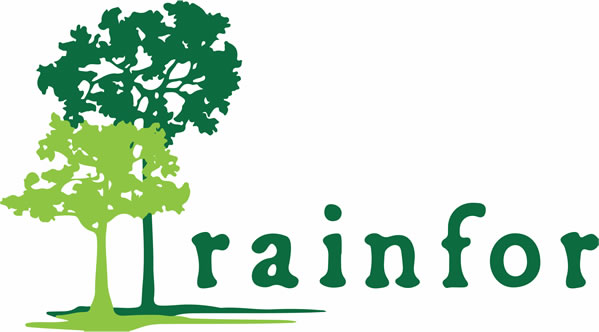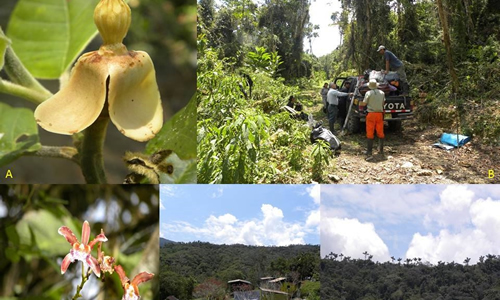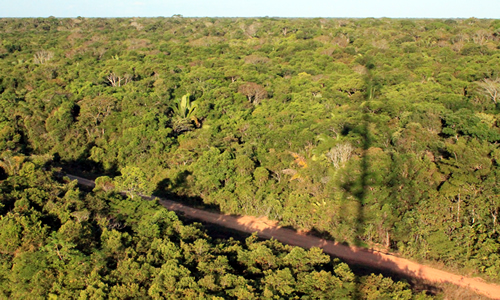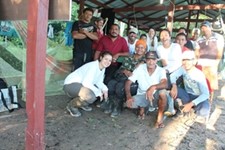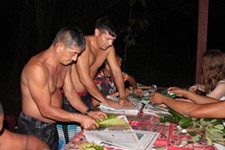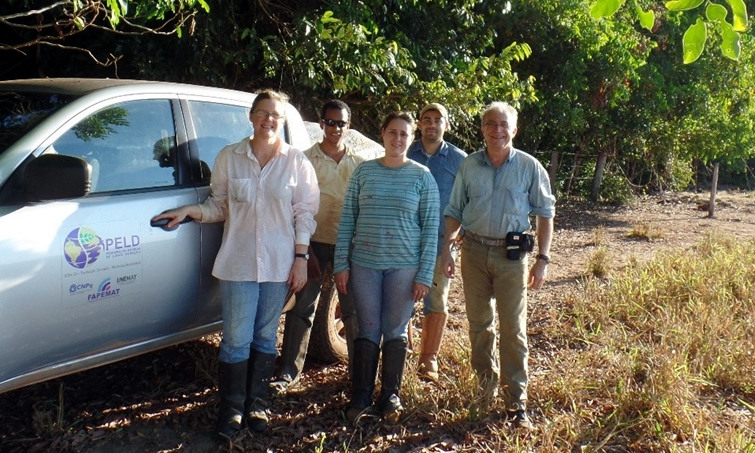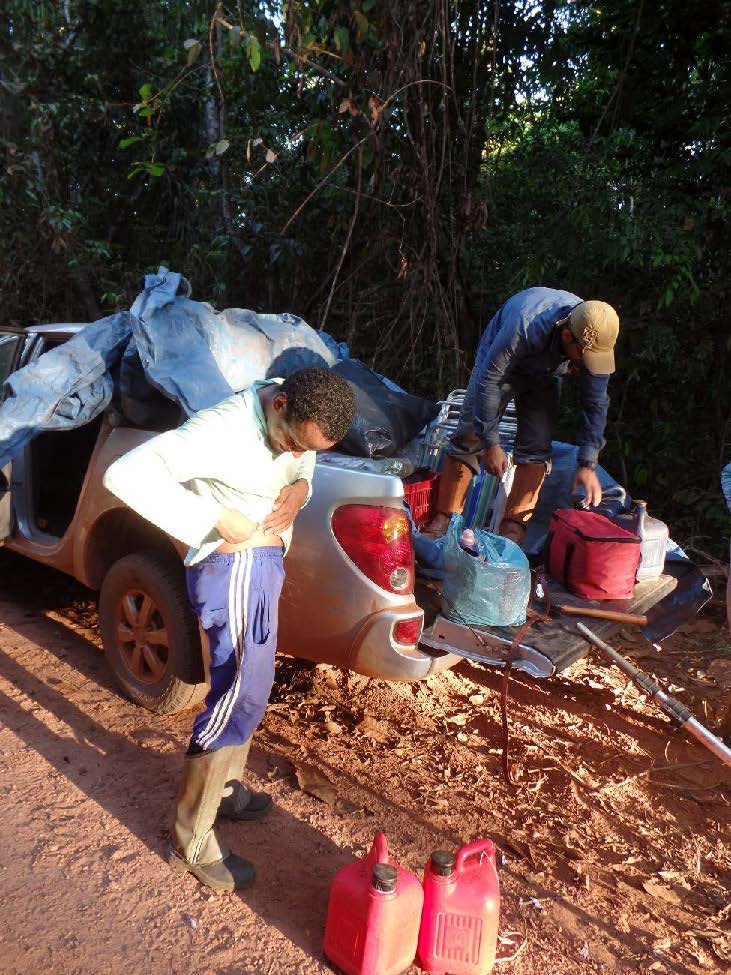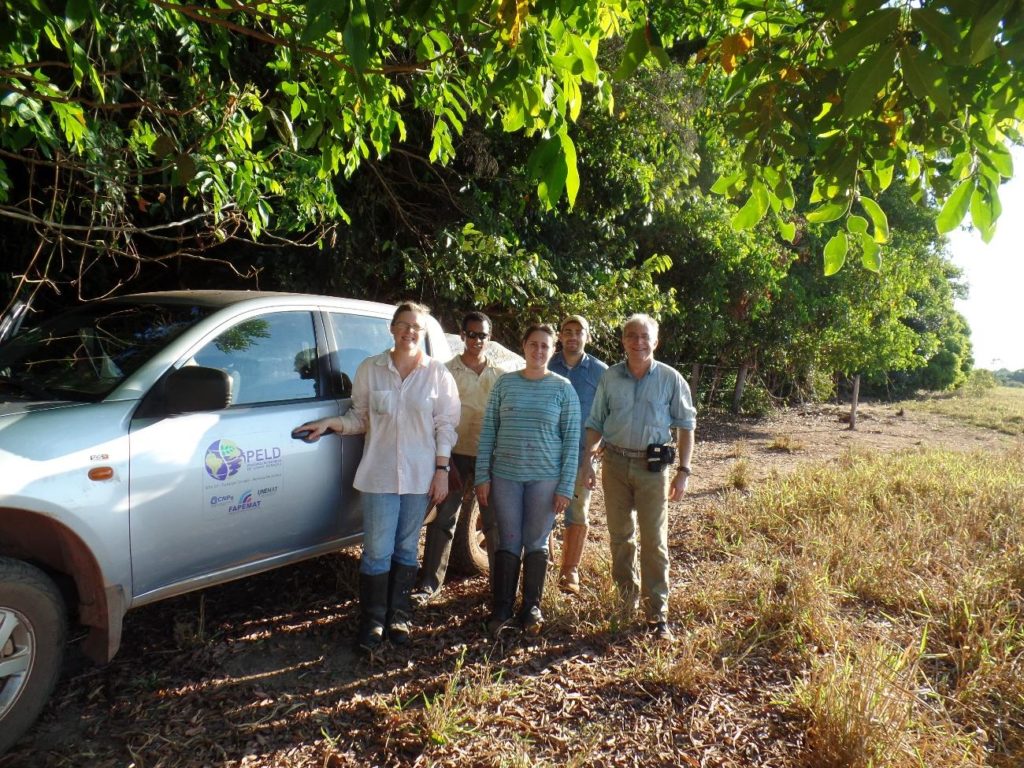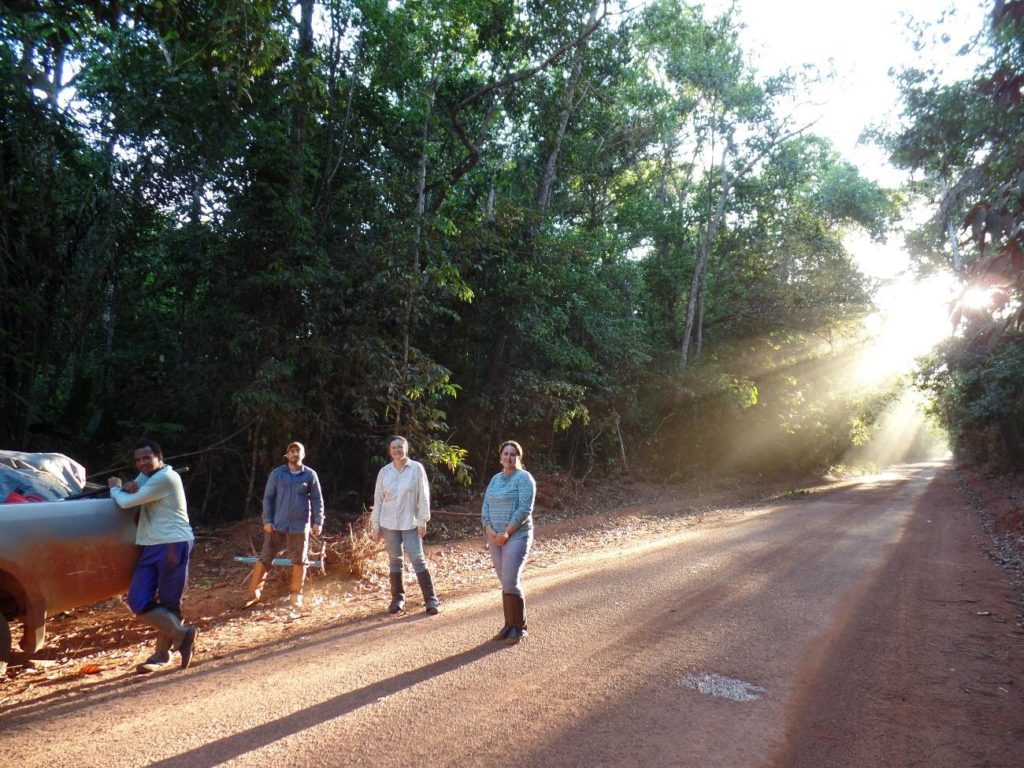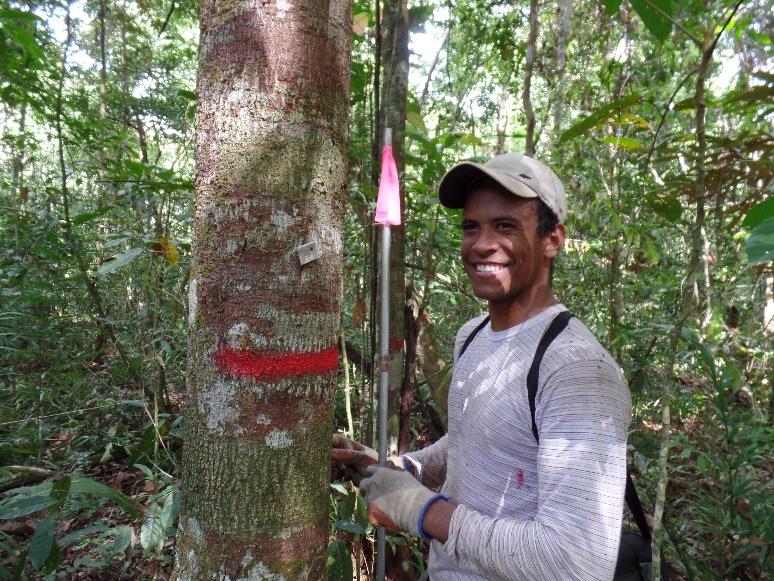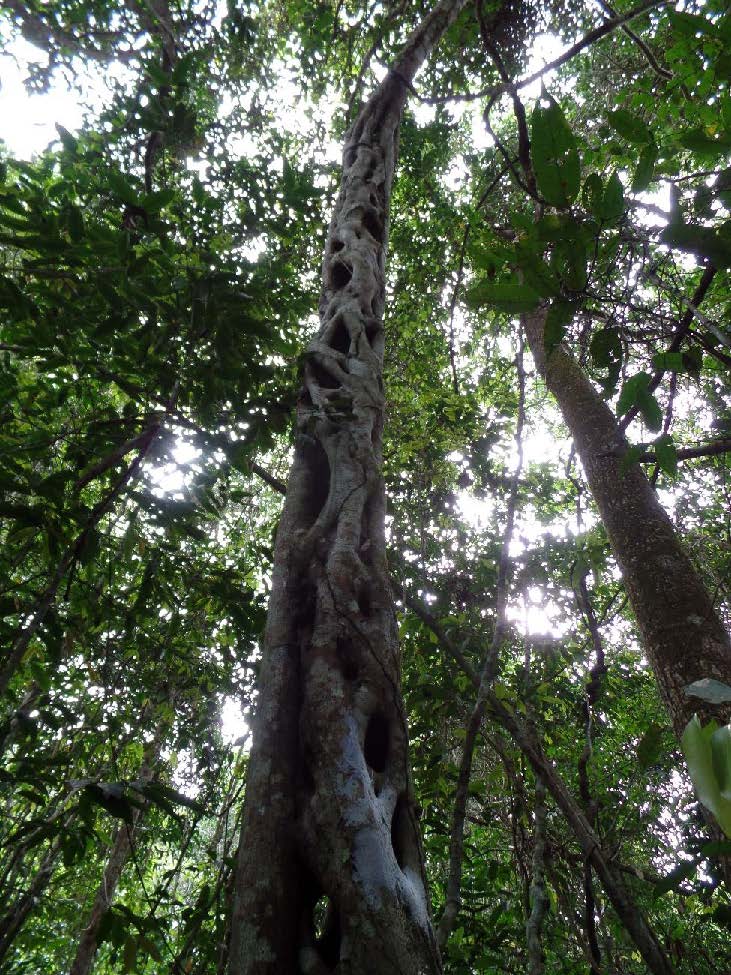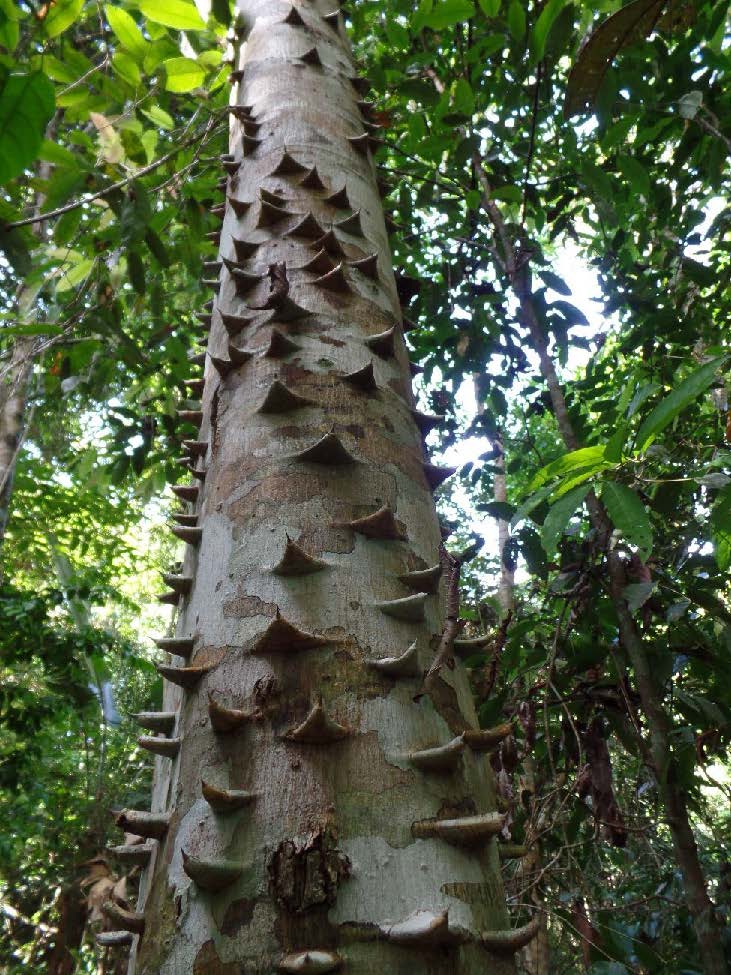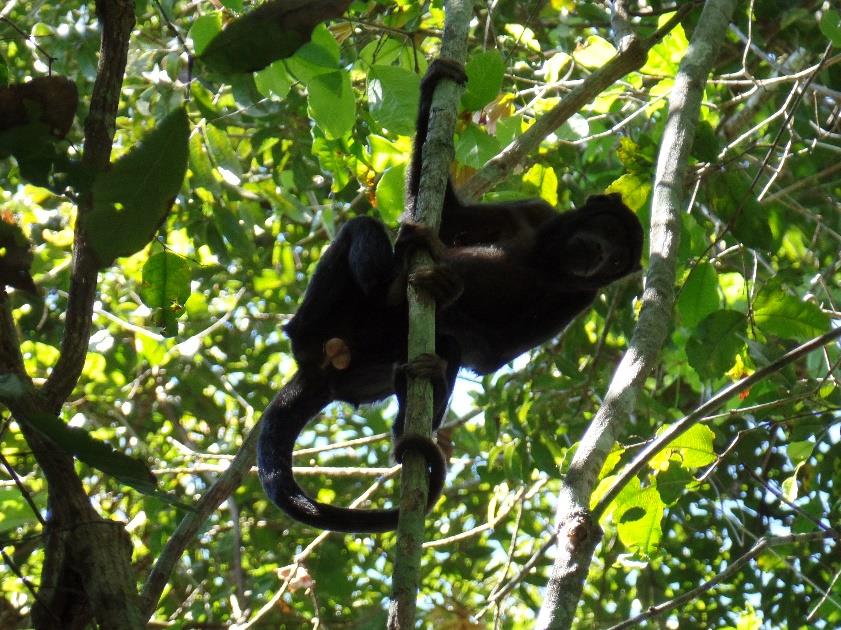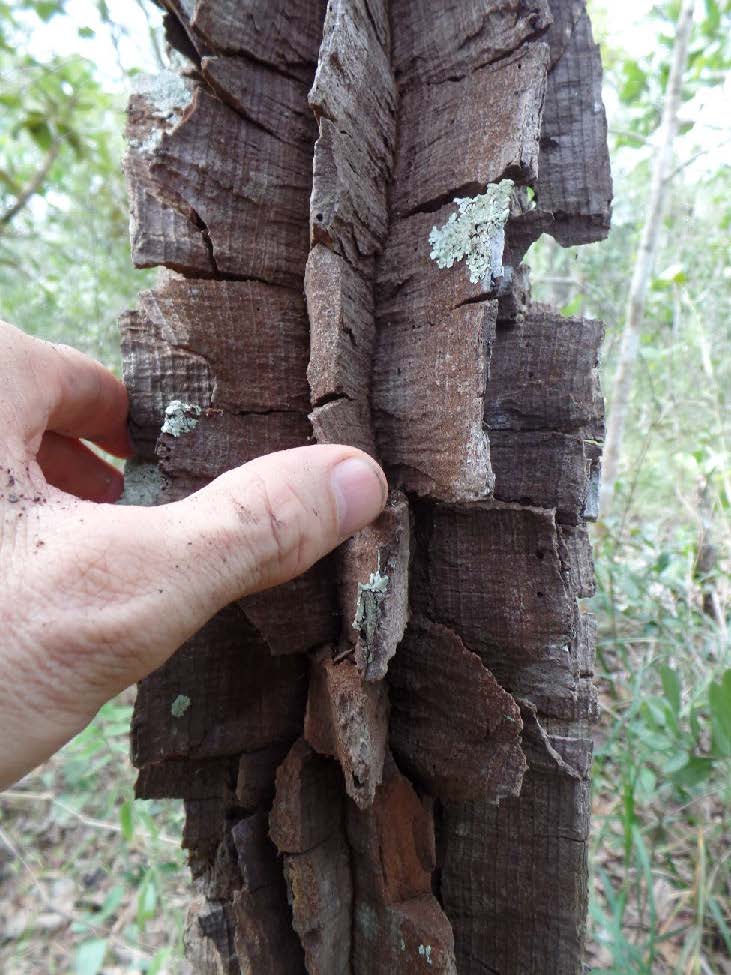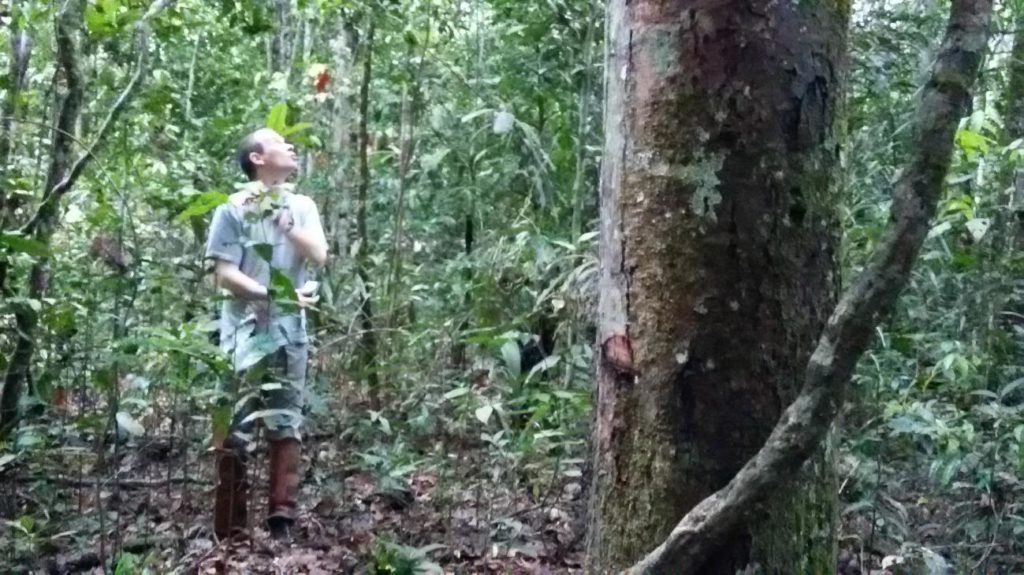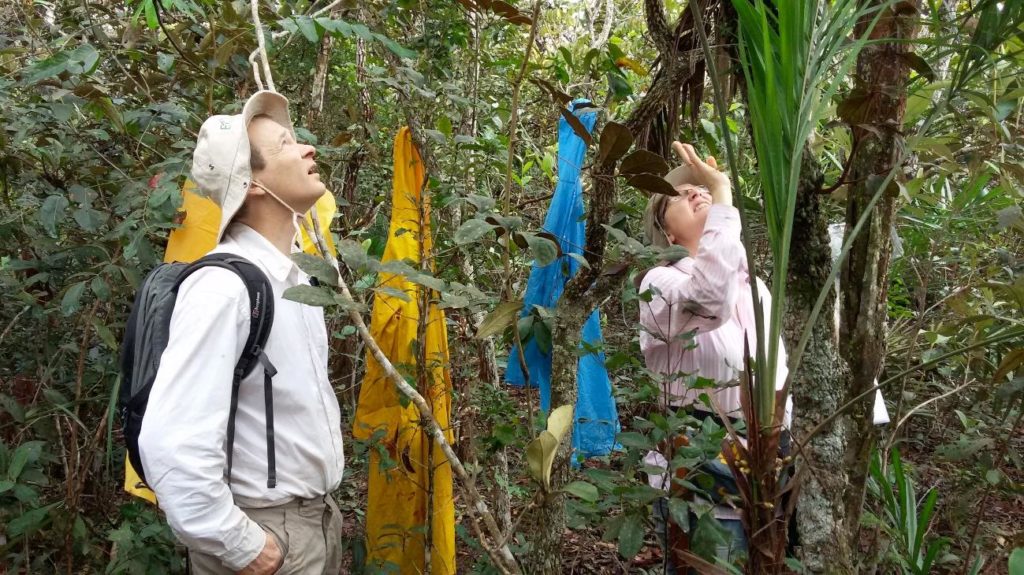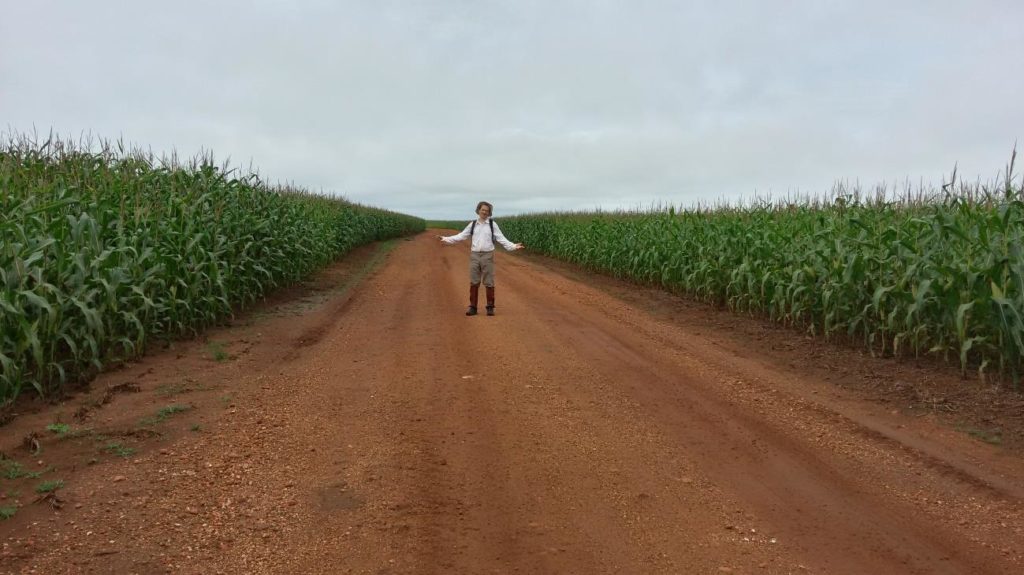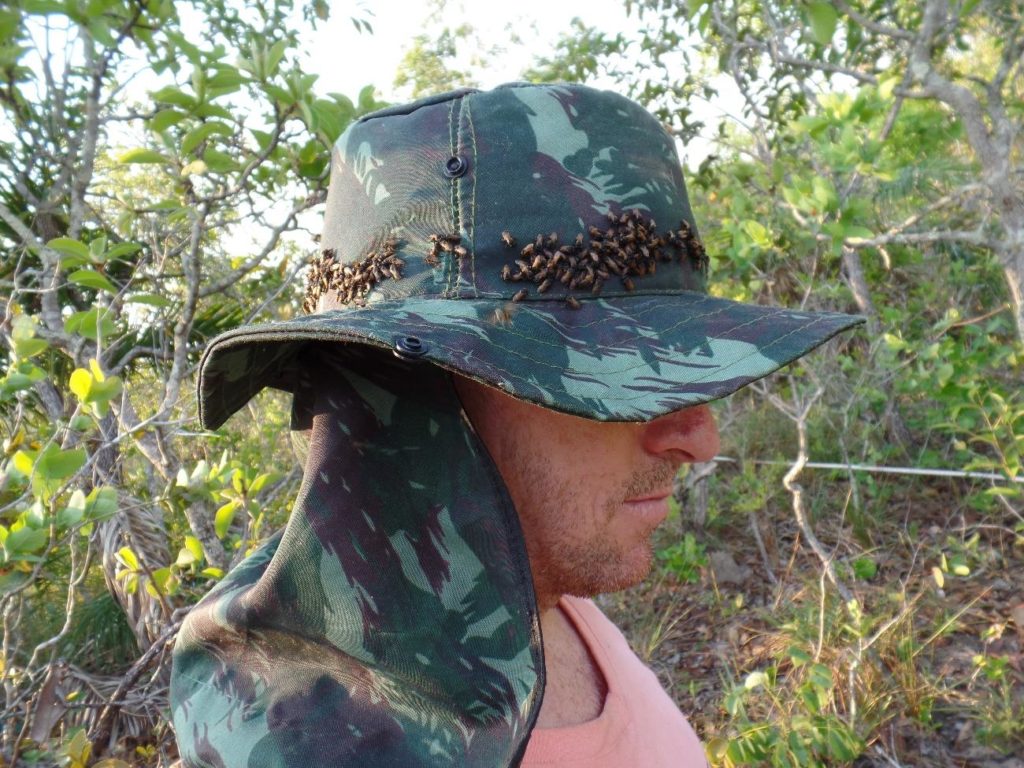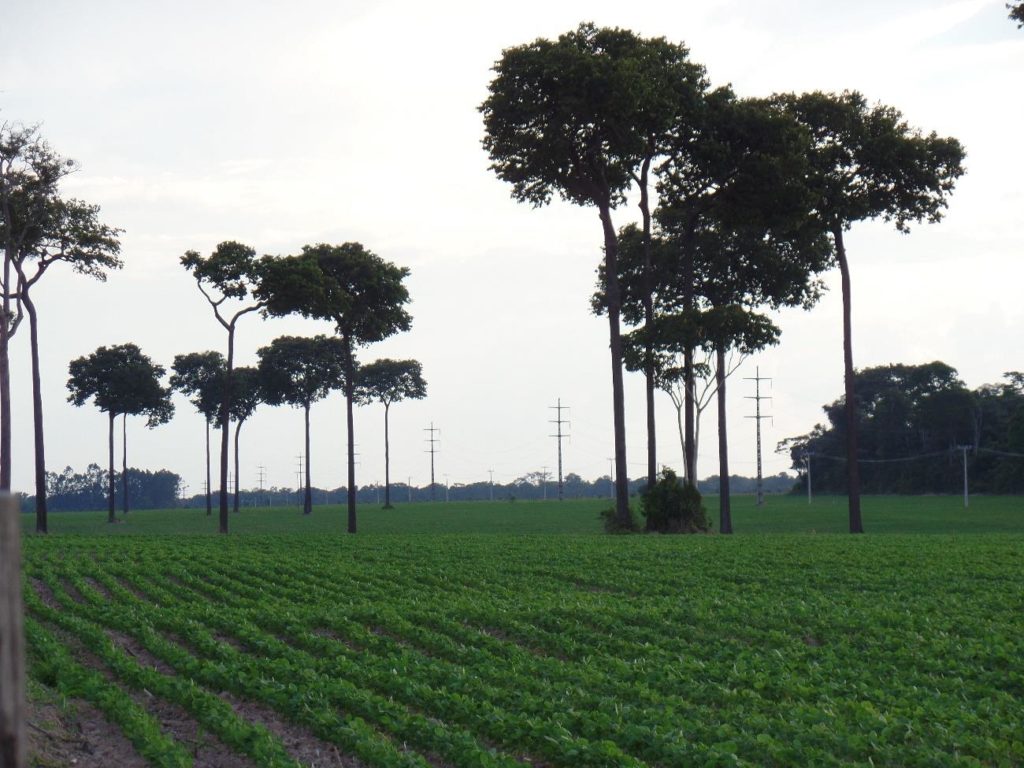Peru. 2015.
During the last 60 days, from 6th July to the 30th September 2015, the RAINFOR research team led by biologist Abel Monteagudo M., joined by Carolina Ramírez Méndez; Yaneth Quispe Mamani; Miguel Alex Pedraza Arando; Yanh Carlos Soto Shareva; Antonio Peña Cruz and Katy Rondinel Mendoza, installed 3 permanent plots and re-measured 4 plots of 1.0 ha, in the area of San Alberto, Oso Playa, Tunqui and Abra Yanachaga within the Yanachaga Chemillen National Park, at altitudes of 2420, 2900, 2420, 2800, 2250, 1800 and 3100 masl. All new individual trees and tree fern recruits from all these plots were measured and collected. These plots, located in montane forests of the Yanachaga Chemillen National Park, because of their inaccessibility and remoteness, and the adverse weather conditions team members face, are amongst some of the most difficult and dangerous within the RAINFOR Network in Peru. We want to thank all the remeasurement team who were in the field during the last three months, with special thanks to the team of researchers and technical staff for all the logistical support from the Missouri Botanical Garden and in particular Mr. Cesar Augusto Rojas Tello for taking us to these distant places.
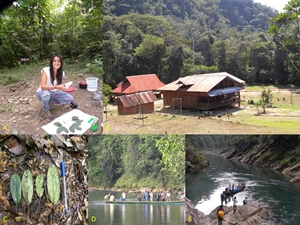
A: Botanical collection of samples from the PNY-14 plot.
B: Facilities at the Estación Biológica Paujil.
C: Osteophloeum platyspermum leaves at the PNY-14 plot.
D: Travelling by boat – River Iscozacín.
E: Travelling by boat – River Iscozacín.
(Text by: Abel Monteagudo M.)
Photo: Bosques de la Cordillera del Yanachaga
